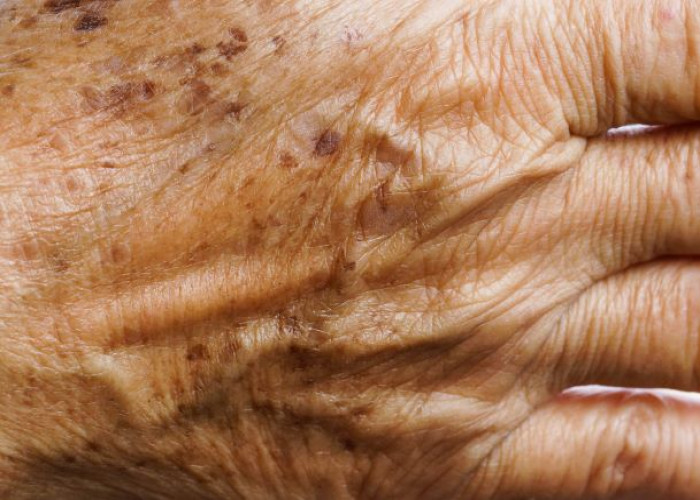 Welcome
Welcome
“May all be happy, may all be healed, may all be at peace and may no one ever suffer."
Age spots (liver spots)

Age spots, also known as liver spots, are flat, dark brown or black spots that can develop on the skin as a person ages. They are a result of the overproduction of melanin, the pigment that gives color to the skin, hair, and eyes. Age spots are most commonly found on sun-exposed areas of the skin, such as the face, arms, hands, and back.
Although age spots are harmless, they can be unsightly and make people feel self-conscious about their appearance. There are several ways to treat age spots, including:
- Topical lightening creams: These creams contain ingredients such as hydroquinone, kojic acid, or azelaic acid, which can lighten the appearance of age spots over time.
- Chemical peels: Chemical peels use a solution to remove the top layer of skin, causing it to peel off and reveal new, lighter-colored skin.
- Laser therapy: Laser therapy uses intense light to break down the excess pigment in age spots, causing them to fade over time.
- Cryotherapy: Cryotherapy involves freezing the age spot with liquid nitrogen, causing it to peel off and reveal new skin.
In addition to these treatments, it's important to protect your skin from the sun to prevent new age spots from developing. This can be done by wearing protective clothing, using a broad-spectrum sunscreen with an SPF of 30 or higher, and avoiding sun exposure during peak hours (10 a.m. to 4 p.m.).
If you're concerned about the appearance of age spots, it's important to see a healthcare professional for a proper diagnosis and recommendations for treatment. They can determine the best course of action based on the size, location, and number of age spots, as well as your skin type and overall health.
Research Papers
Disease Signs and Symptoms
- Darkening skin (hyperpigmentation)
- Brown skin
- Fragile skin
- Age spots (liver spots)
Disease Causes
Age spots (liver spots)
Age spots are caused by overactive pigment cells. Ultraviolet (UV) light speeds up the production of melanin, a natural pigment that gives skin its color. On skin that has had years of sun exposure, age spots appear when melanin becomes clumped or is produced in high concentrations.
Use of commercial tanning lamps and beds also can cause age spots.
Disease Prevents
Age spots (liver spots)
To help avoid age spots and new spots after treatment, follow these tips for limiting your sun exposure:
- Avoid the sun between 10 a.m. and 2 p.m. Because the sun's rays are most intense during this time, try to schedule outdoor activities for other times of the day.
- Use sunscreen. Fifteen to 30 minutes before going outdoors, apply a broad-spectrum sunscreen with a sun protection factor (SPF) of at least 30. Apply sunscreen generously, and reapply every two hours — or more often if you're swimming or perspiring.
- Cover up. For protection from the sun, wear tightly woven clothing that covers your arms and legs and a broad-brimmed hat, which provides more protection than does a baseball cap or golf visor.
- Consider wearing clothing designed to provide sun protection. Look for clothes labeled with an ultraviolet protection factor (UPF) of 40 to 50 to get the best protection.
Disease Treatments
If you want your age spots to be less noticeable, treatments are available to lighten or remove them. Because the pigment is located at the base of the epidermis — the topmost layer of skin — any treatments meant to lighten the age spots must penetrate this layer of skin.
Age spot treatments include:
- Medications. Applying prescription bleaching creams (hydroquinone) alone or with retinoids (tretinoin) and a mild steroid might gradually fade the spots over several months. The treatments might cause temporary itching, redness, burning or dryness.
- Laser and intense pulsed light. Some laser and intense pulsed light therapies destroy melanin-producing cells (melanocytes) without damaging the skin's surface. These approaches typically require two to three sessions. Wounding (ablative) lasers remove the top layer of skin (epidermis).
- Freezing (cryotherapy). This procedure treats the spot by using a cotton-tipped swab to apply liquid nitrogen for five seconds or less. This destroys the extra pigment. As the area heals, the skin appears lighter. Spray freezing may be used on a small grouping of spots. The treatment may temporarily irritate the skin and poses a slight risk of permanent scarring or discoloration.
- Dermabrasion. Dermabrasion sands down the surface layer of skin with a rapidly rotating brush. New skin grows in its place. You may need to undergo the procedure more than once. Possible side effects include temporary redness, scabbing and swelling. It may take several months for pinkness to fade.
- Microdermabrasion. Microdermabrasion is a less aggressive approach than dermabrasion. It leaves mild skin blemishes with a smoother appearance. You'll need a series of procedures over months to get modest, temporary results. You may notice a slight redness or stinging sensation on the treated areas. If you have rosacea or tiny red veins on your face, this technique could make the condition worse.
- Chemical peel. This method involves applying a chemical solution to the skin to remove the top layers. New, smoother skin forms to take its place. Possible side effects include scarring, infection, and lightening or darkening of skin color. Redness lasts up to several weeks. You might need several treatments before you notice any results.
The age spot therapies that remove skin are usually done in a doctor's office and don't require hospitalization. The length of each procedure and the time it takes to see results varies from weeks to months.
After treatment, when outdoors you'll need to use a broad-spectrum sunscreen with a sun protection factor (SPF) of at least 30 and wear protective clothing.
Because age spot treatments are considered cosmetic, they typically aren't covered by insurance. And because the procedures can have side effects, discuss your options carefully with a doctor who specializes in skin conditions (dermatologist). Also, make sure your dermatologist is specially trained and experienced in the technique you're considering.
Disease Diagnoses
Disease Allopathic Generics
Disease Ayurvedic Generics
Disease Homeopathic Generics
Disease yoga
Age spots (liver spots) and Learn More about Diseases
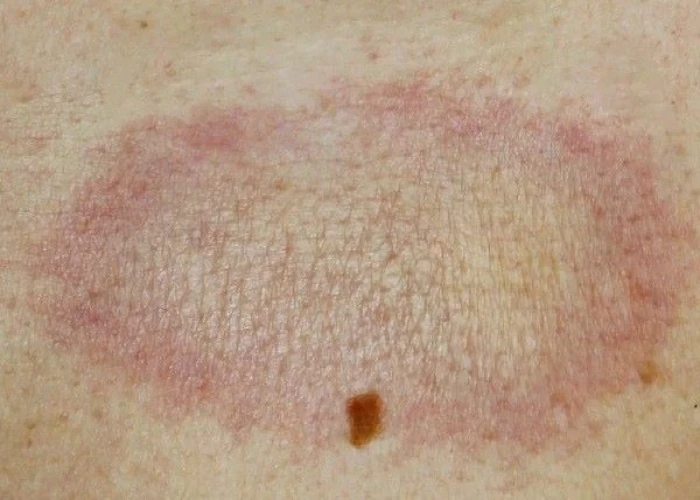
Morphea
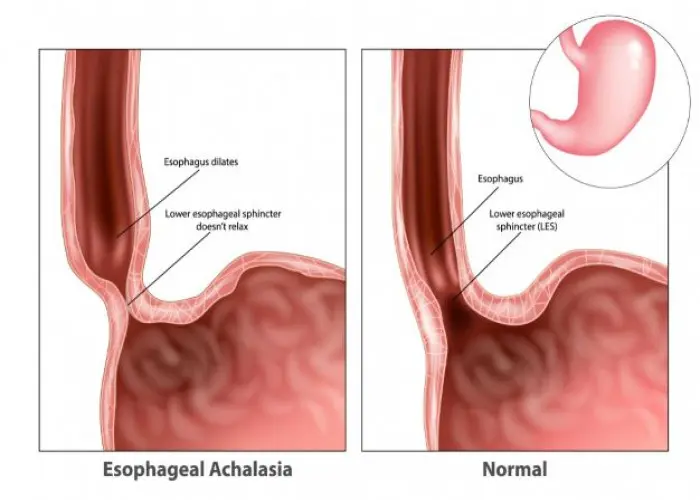
Achalasia
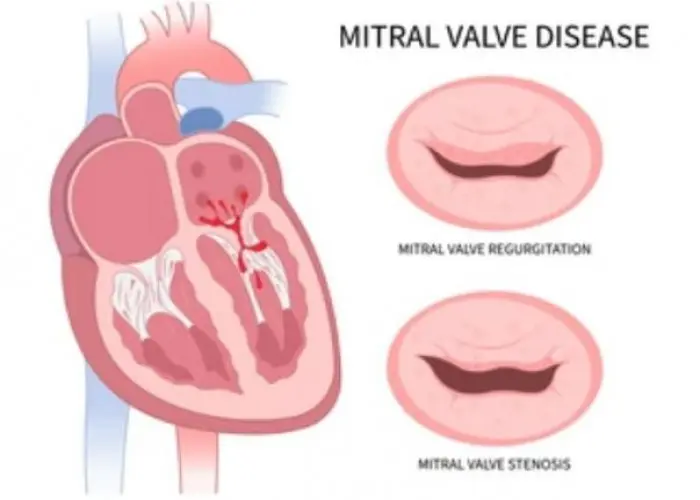
Aortic valve regurgitation
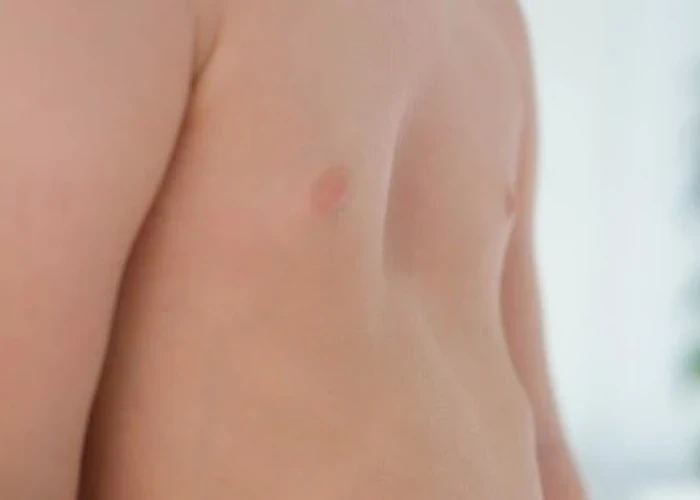
Pectus excavatum
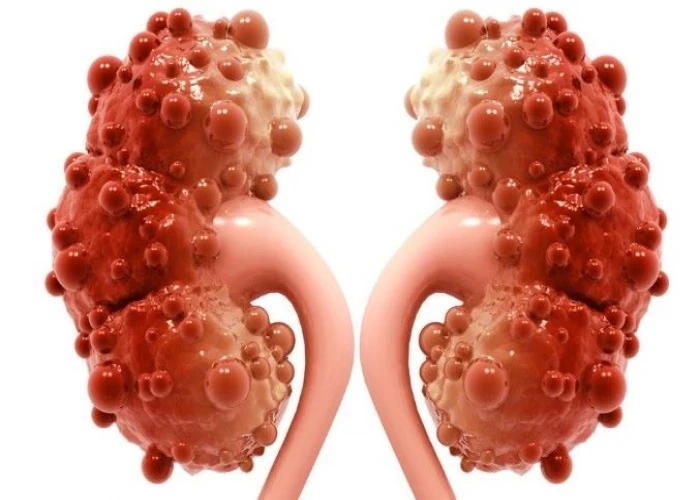
Polycystic kidney disease
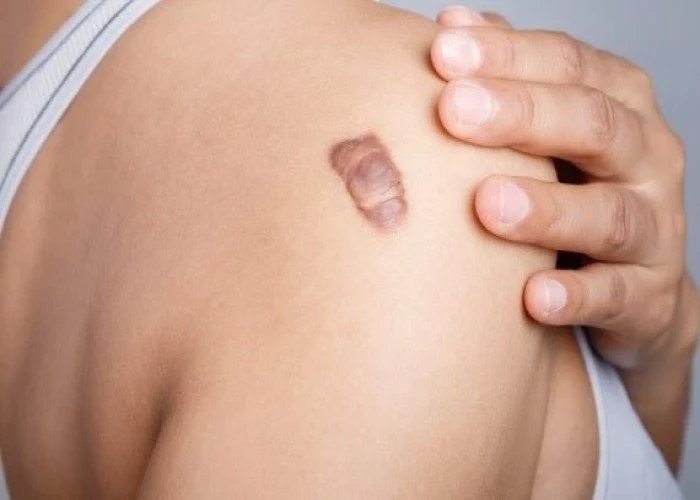
Keloid scar
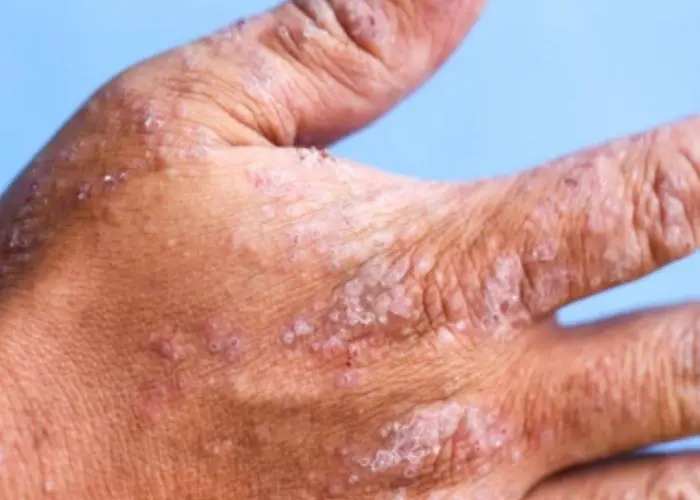
Contact dermatitis

Amniotic fluid embolism
Age spots liver spots, Liver spots, Age spots on face, বয়সের দাগ, লিভারের দাগ
To be happy, beautiful, healthy, wealthy, hale and long-lived stay with DM3S.
